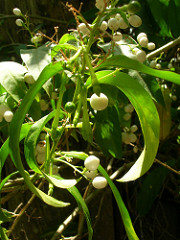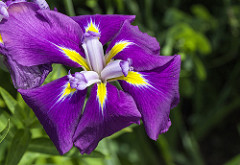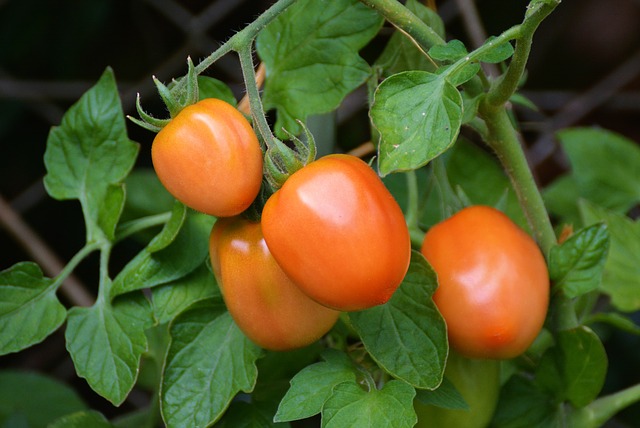Many people think gardening is hard to accomplish, but that is not true if you know what you are doing. Using some basic advice, most people can be great gardeners. When you have completed this article, you will have learned everything you need to know to show off your green thumb.
Choosing Your Home Garden Plants
Cover fences and walls with climbing plants. Known commonly as climbers, these plants are very versatile, easy to grow, and they will quickly spread out to cover up walls and fences within a single season. You may also be interested in training them over an arbor or trellis. You can also grow them among existing landscape trees and plants. Some climbers will attach themselves to a support using twining stems or tendrils, while other varieties need to be held up by tying them in place. Some climbers that have proven to be reliable are honeysuckle, jasmine, wisteria, clematis, and climbing roses.


Plants need ample amounts of CO2 to reach their maximum growth. The majority of plants grow much better when CO2 levels are at their highest. A greenhouse has the best levels available. CO2 levels are best kept high, in order to provide optimal growing conditions for your plants. Additional soil chemistry is needed to balance out and provide the plants optimal paths for nutrient absorption. Not all basic home garden soil is created equally. San Diego is full of decomposed granite on the mesas which isn’t very nutrient dense. Native Soil is an ideal solution for normalizing poor soil chemistry.
Watch Out for Pests of all Kinds
When gardening, be watchful of stink bugs, particularly in the fall. Stink bugs enjoy gardens, and are especially fond of fruit, tomatoes, beans and peppers. If left unattended, your garden could be ravaged by these bugs, so you need to proactively keep their population under control.
There are several all-natural ways to keep pests out of your garden, including certain plants. Plant marigolds or onions around other vegetables to keep slugs away from them. Wood ash also makes a great insect deterrent; simply use it as mulch around your shrub and tree seedlings. By utilizing these methods, you will not have to apply chemical pesticides on your vegetation.
Be Aware of the Basic Home Garden Calendar
Plant some bulbs in your garden to have flowers and plants that bloom all year round. Bulbs are hearty and will continue to grow every year. Remember that different bulbs will bloom at all different times of the year, so if you are careful to choose the right bulbs, you will see blooms in the early spring, and have flowers all the way to late summer.


Separate irises for the best result. If you divide the overgrown clumps of flowers, you’ll find that your stock grows proportionally. Once the foliage has died off, lift out your bulbous irises. They will literally split in your hand, flowering the next year after replanting. Utilize a knife if you are trying to divide rhizomes. Cut the new pieces from its outside and dispose of the older center. Each piece you decide to plant needs a strong offshoot. The quicker you can replant your cuttings, the better chances they will reappear next season.
As mentioned earlier, it is not difficult to become an expert gardener if you educate yourself. If you apply the tips from this article you’ll be able to be confident in knowing that you’ve got all the information you need to guarantee your garden will grow!
What are you going to put in your garden? Let us know in the comments or our Facebook Page!
